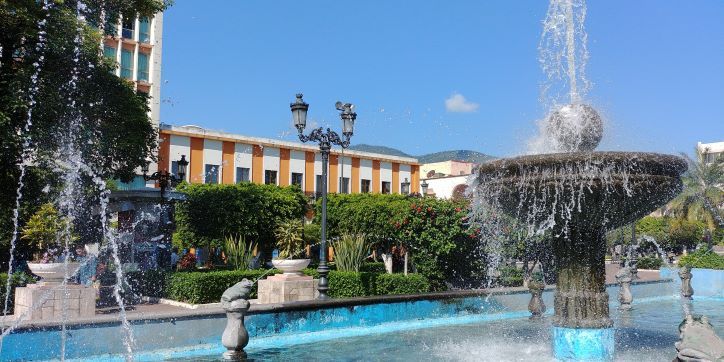Colonial Nayarit, the magic of traditional Mexico
There is no need to rush or worry about the future in Colonial Nayarit. Discover the best places to visit and things to do in the area.

Nayarit has a rich cultural history that shows in its buildings, museums, and traditions. The first colonial towns were built in the valleys between the mountains and the coasts of Nayarit.
Many of these towns had beautiful haciendas and large churches. The people who live in these towns are naturally great hosts, and the old mansions that have been turned into hotels offer comfort and warmth.




